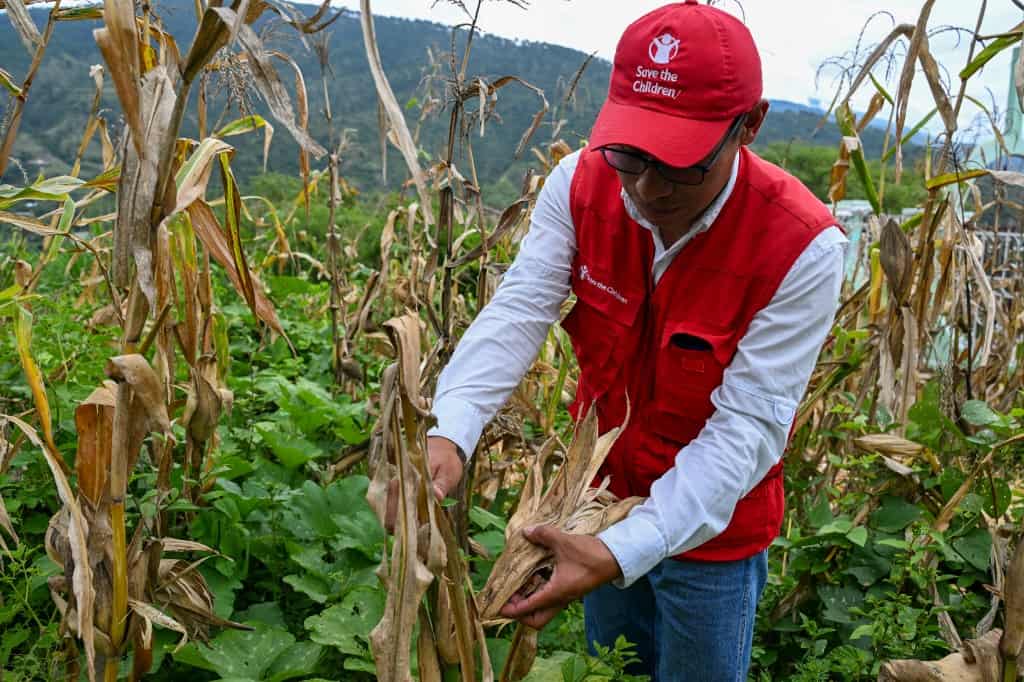Transforming Beach Accessibility in Costa Rica
In an exemplary move towards inclusivity, Costa Rica has unveiled its latest achievement in accessible tourism at Ventanas Beach in Osa. This project, a result of the collaborative efforts between the Costa Rican Accessible Tourism Network, Ojochal Development Association, and Grupo Monge, showcases significant advancements in making beach experiences enjoyable for all, including individuals with disabilities, reduced mobility, and the elderly.
Innovative Solutions for Universal Beach Access
The initiative includes the installation of a 33-meter modular walkway, ingeniously crafted to be adaptable, durable, and suitable for various terrains. Weighing 74 kilos per section and spanning a total of 11 sections, this walkway is not only a technical feat but also an aesthetic one, seamlessly integrating into the natural beach environment.
Alongside the walkway, the introduction of an amphibious wheelchair marks a pivotal development in beach accessibility. This chair, capable of supporting up to 90 kg, features stainless steel screws and materials specially designed to withstand salt water. Weighing 26 kilos, it is crafted from recycled plastic, underpinning the project’s commitment to environmental sustainability. The creation of the walkway and wheelchair was made possible through the recycling of 1,000 kilos of plastic caps, highlighting a significant contribution to Costa Rica’s circular economy, with a total investment of $6,300 USD.
Broader Impact and Community Involvement
This achievement is part of the broader DONATAPA campaign, which, since 2021, has collected over 10 tons of plastic caps. These materials have been transformed into more than 250 meters of walkways and five amphibious chairs, now serving five different beaches across the country. This initiative not only enhances physical accessibility but also promotes environmental consciousness and social inclusivity.
Stephanie Sheehy, Executive Director of the Costa Rican Network of Accessible Tourism, expressed pride in this project, emphasizing its role in pushing the nation toward comprehensive accessibility. She noted, “Today we leave Playa Ventanas with a full heart, knowing that more people will be able to enjoy the beach without barriers, and we hope that more entities will join in this change of consciousness towards universal design and accessibility for all people.”
The Future of Accessible Tourism in Costa Rica
As Costa Rica continues to lead by example in accessible tourism, the success of the Ventanas Beach project stands as a testament to what can be achieved through community collaboration and a commitment to inclusivity. With ongoing efforts and future projects, Costa Rica aims to equip all its public beaches with similar accessibility features, ensuring that the beauty of its shores can be enjoyed by everyone, regardless of physical limitations.
Source link
admin



